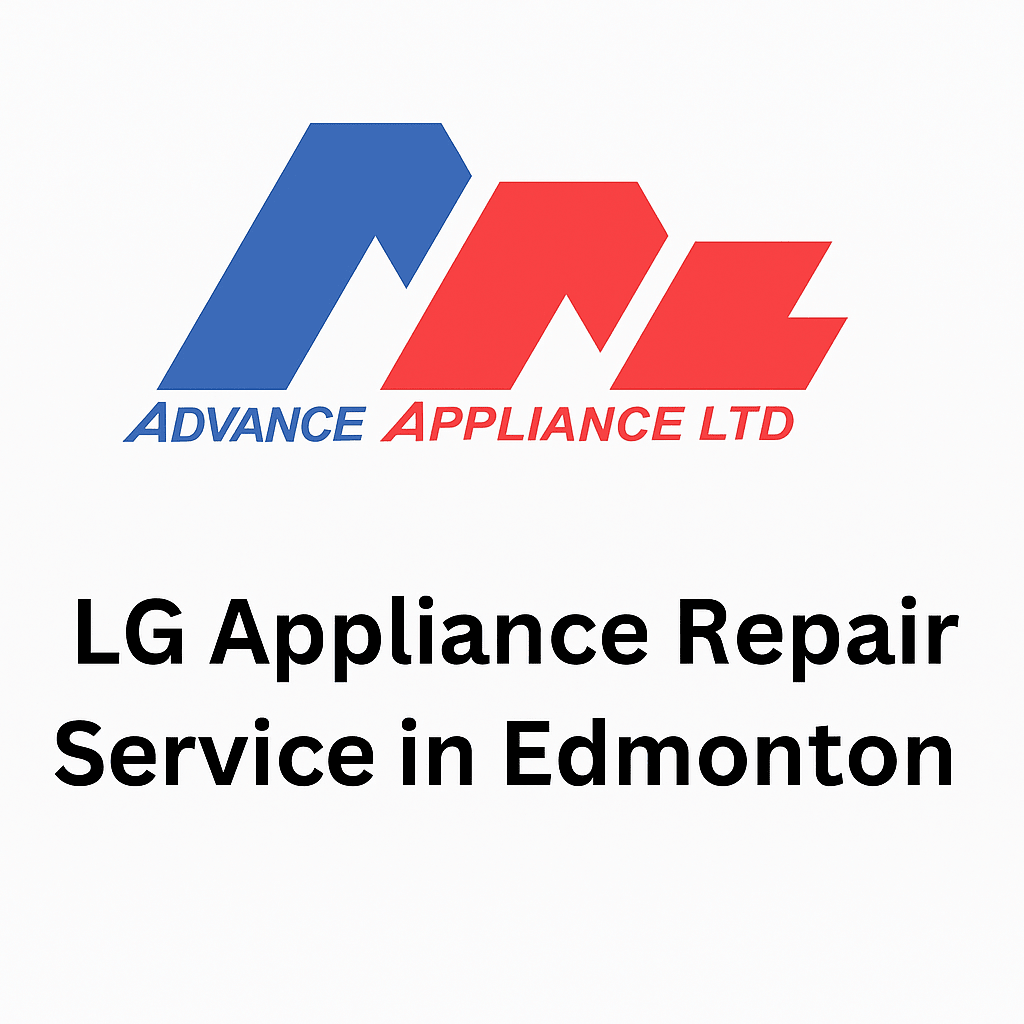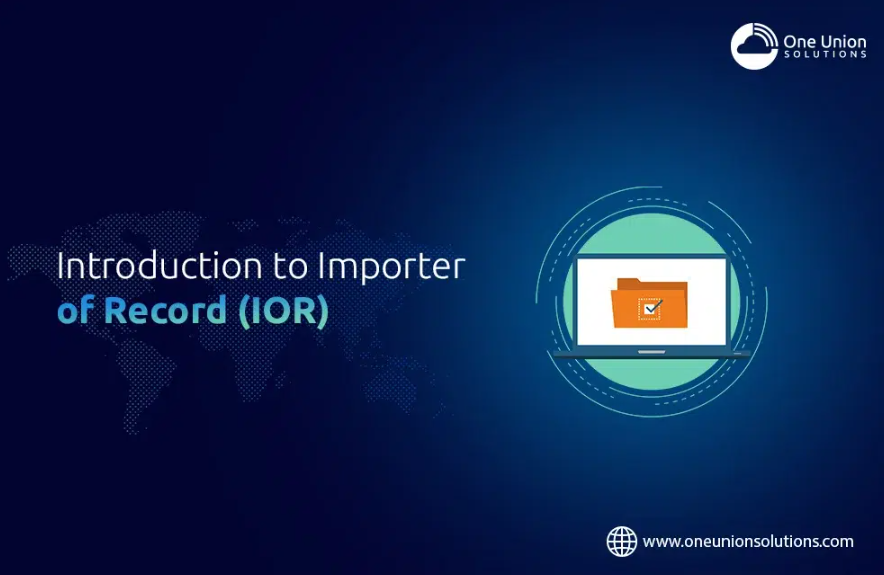So, you’re a medical device manufacturer with big dreams—maybe a game-changing heart monitor or a sleek new surgical tool. You’re ready to make waves in the global market. But hold up—before you ship that device across borders, there’s a hurdle you can’t dodge: ISO 13485 certification. It’s the gold standard for quality in medical devices, and without it, you’re stuck on the sidelines. Feeling a bit overwhelmed? Don’t sweat it. Let’s break down what ISO 13485 certification means, why it’s a big deal, and how you can nail it with confidence.
What’s ISO 13485 Certification, Anyway?
ISO 13485 certification is proof that your company’s quality management system (QMS) meets international standards for designing, producing, and distributing medical devices. Think of it as a seal of approval that says, “Our devices are safe, reliable, and ready for patients.” It’s not just a fancy badge—it’s a requirement in markets like the EU, Canada, and Australia, and even a selling point in the U.S.
Why does this matter? Because regulators, hospitals, and customers trust ISO 13485 certification to ensure your device won’t fail when it counts. Whether you’re crafting pacemakers or bandages, this standard keeps your processes tight and your products safe. It’s like the recipe for a perfect cake—follow it, and you get consistent results every time.
Why ISO 13485 Certification Is a Must-Have
Picture this: you’ve spent years perfecting a new diagnostic tool. Your team’s buzzing, investors are on board, and you’re ready to launch. Then a regulator in Germany flags your shipment for lacking ISO 13485 certification. Ouch. That’s not just a delay—it’s lost sales, frustrated partners, and a dent in your reputation.
ISO 13485 certification opens doors to global markets—think 27 EU countries, plus places like Japan and Brazil. It’s a trust signal that sets you apart from fly-by-night competitors. And in 2025, with demand for smart wearables and minimally invasive devices soaring, this certification isn’t just nice to have—it’s your ticket to the big leagues. Plus, it shows you care about quality, which resonates with doctors and patients alike. Who wouldn’t want that?
The ISO 13485 Certification Process: Your Step-by-Step Guide
Ready to tackle ISO 13485 certification? It’s not a sprint—it’s a marathon. But with a clear plan, you’ll cross the finish line. Here’s how to get started:
- Build a quality management system. Your QMS is the backbone of ISO 13485 certification. It covers everything from design controls to risk management. Start by mapping out your processes—how you design, test, and track devices.
- Document everything. ISO 13485 loves paperwork. You’ll need procedures, work instructions, and records for every step, from raw material checks to customer complaints. Tools like Greenlight Guru can keep this organized.
- Conduct risk management. Every device has risks—ISO 13485 requires you to identify and mitigate them. Use standards like ISO 14971 to guide your risk analysis.
- Train your team. Everyone from engineers to line workers needs to know their role in the QMS. Companies like BSI or TÜV SÜD offer ISO 13485 training to get everyone up to speed.
- Get audited. A Notified Body or registrar—like SGS or Intertek—will review your QMS, visit your facility, and check if you meet ISO 13485 standards. Pass the audit, and you’re certified.
- Maintain compliance. Certification lasts three years, but you’ll face annual surveillance audits. Stay sharp and keep your QMS updated.
Sounds like a lot, right? It is, but breaking it down makes it manageable. Start small, focus on one process at a time, and you’ll get there.
The Audit: Your Moment to Shine (or Sweat)
Let’s talk about audits for a second. The ISO 13485 certification audit is like a high-stakes exam. Auditors will comb through your records, grill your team, and inspect your facility. Are your design controls solid? Is your cleanroom up to snuff? It’s intense, but don’t panic. Auditors aren’t out to get you—they want to ensure your devices are safe.
Here’s a tip: prep like crazy. Run mock audits with your team to spot weak points. Keep your documentation tidy—think of it as spring cleaning for your QMS. And if you’re nervous, companies like Emergo by UL can guide you through the process. A smooth audit means you’re one step closer to that ISO 13485 certification.
Common Traps (And How to Dodge Them)
Nobody’s perfect, but mistakes in the ISO 13485 certification process can cost you time and money. Here are some pitfalls to avoid:
- Skimping on documentation. Missing records or vague procedures are audit killers. Make sure every process is documented clearly—think of it as your QMS’s diary.
- Ignoring risk management. Skipping risk analysis is like driving without a seatbelt. Use ISO 14971 to cover your bases.
- Undertraining staff. Your team needs to know ISO 13485 inside out. Half-baked training can lead to audit failures or production errors.
- Assuming it’s a one-time deal. Certification isn’t “set it and forget it.” Regulations evolve—think EU MDR updates in 2025—so keep your QMS current.
A colleague once shared a story about a startup that rushed their ISO 13485 certification. They skipped proper risk management, thinking it was overkill. The auditor disagreed, and they had to delay their product launch by six months. Moral of the story? Do it right the first time.
The Emotional Side of ISO 13485 Certification
Let’s get real for a moment. Building medical devices isn’t just a job—it’s a mission. You’re creating tools that save lives or ease suffering. Chasing ISO 13485 certification can feel like climbing a mountain—endless paperwork, audits, and pressure to get it perfect. Ever wonder if it’s worth it? It absolutely is.
That ISO 13485 certification is more than a certificate. It’s proof your team’s hard work matters. It’s knowing your device could help a surgeon save a patient or let someone walk pain-free. That’s the kind of impact that keeps you going, even on the tough days.
Beyond Certification: What’s Next?
Once you’ve got ISO 13485 certification, the work doesn’t stop. Sorry, but that’s the deal. Annual audits keep you on your toes, and regulators like the EU’s MDR or FDA’s QSR might throw new requirements your way. But here’s the upside: certification makes you a global player. Markets like Canada and Australia recognize ISO 13485, giving you a head start on compliance.
Plus, it’s a chance to level up. A solid QMS streamlines production, cuts waste, and boosts efficiency. And with 2025 trends like AI-powered diagnostics and 3D-printed implants, ISO 13485 certification positions you to ride those waves. It’s like upgrading your toolbox for the future.
Insider Tips to Nail ISO 13485 Certification
Before we wrap up, here are some tricks to make ISO 13485 certification smoother:
- Hire a consultant. Firms like MedTech Intelligence or RQM+ know the standard inside out. They’ll spot gaps before auditors do.
- Use QMS software. Platforms like Qualio or MasterControl keep your documentation organized and audit-ready.
- Join industry groups. Organizations like AdvaMed or MedTech Europe offer resources and networking. You’ll learn from others who’ve cracked ISO 13485.
- Start with a pilot. Test your QMS on one product line before going all-in. It’s less overwhelming and helps you fine-tune.
Your ISO 13485 Certification Game Plan
Here’s the bottom line: ISO 13485 certification is your key to the global medical device market. It’s not easy—building a QMS, training your team, and passing audits takes grit—but it’s worth it. Map out your processes, document everything, and prep for those audits like a pro. Avoid the common traps, and you’ll be ahead of the game.
So, what’s holding you back? The world needs your devices, and ISO 13485 certification is your way to deliver them safely. Get started, stay focused, and soon you’ll be celebrating with your team, ready to make a difference. You’ve got this.






